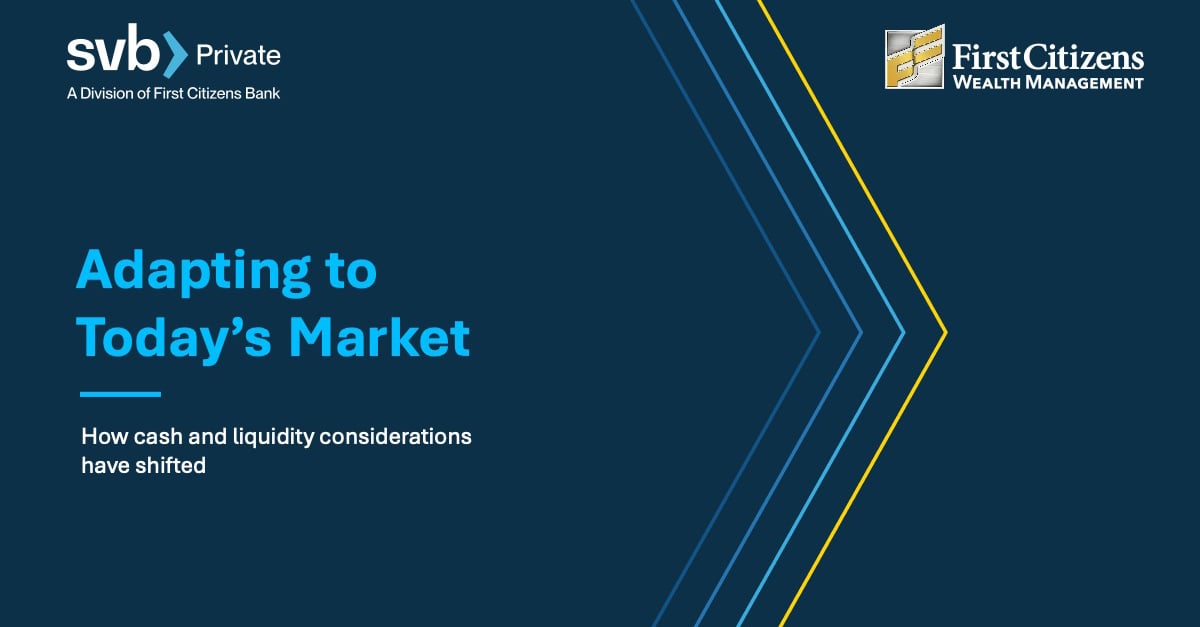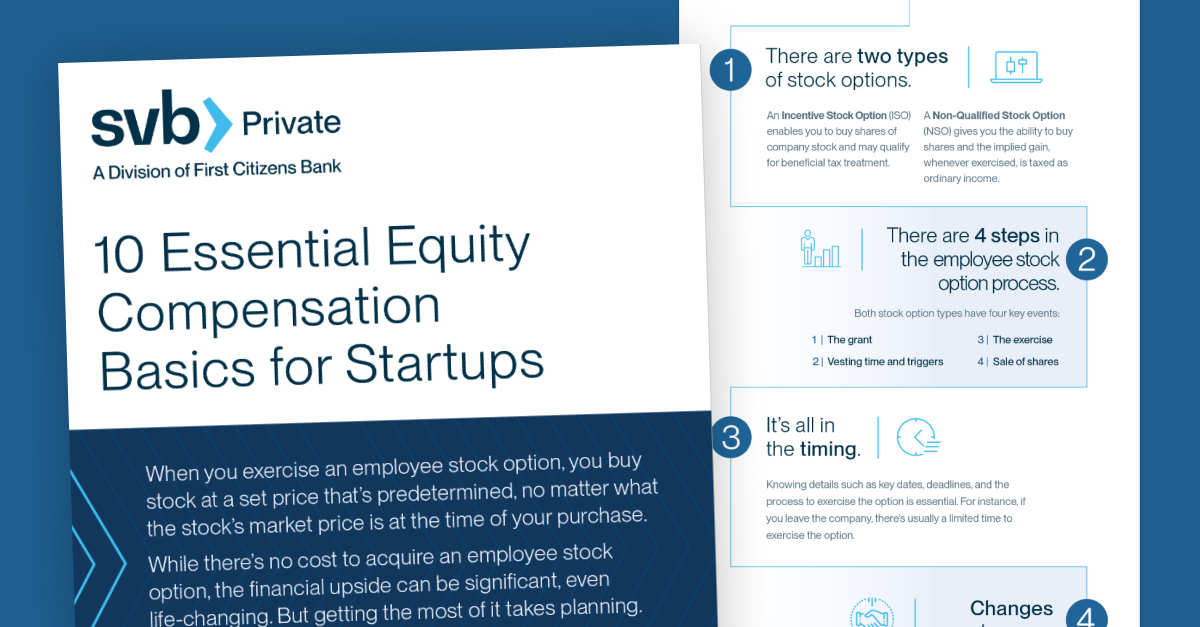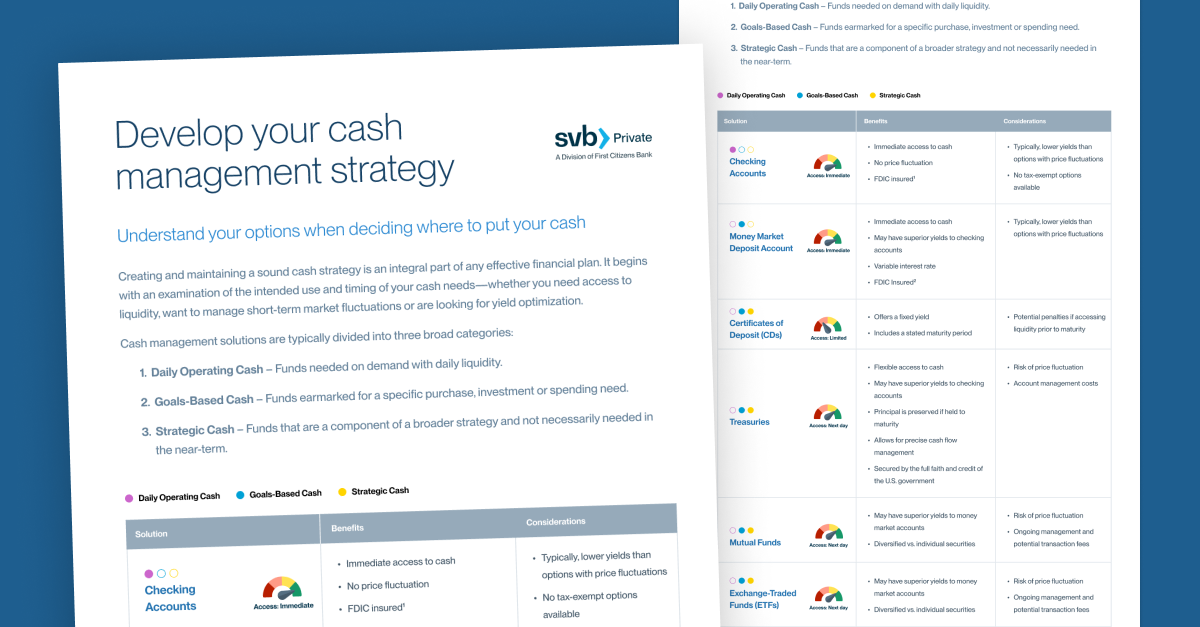You've come a long way, baby! The concept of individual retirement accounts (IRAs) was introduced way back in 1974 as a way to incentivize American workers to save more. Back then taxpayers could contribute a whopping $1,500 of their income to reduce taxable income.
For many of our clients, yesterday's saving for retirement has evolved into broader conversations of which assets, including tech company investments, belong in the IRA. Tax-advantaged, self-directed retirement accounts, whether IRAs or Roth IRAs, have gained popularity by allowing a far wider range of investment options than traditional public-markets-only exposures in tax-advantaged accounts.
Our clients often use these self-directed retirement accounts, also called alternative-asset IRAs, to hold private company investments, convertible notes, partnership structures and real estate assets. Some investors even use the accounts to hold real assets such as gold coins. Regardless of the holdings, tax advantaged retirement accounts have the potential to allow an investor to buy and sell high-growth and highly taxed assets without taxation until they are withdrawn at retirement age.
Read the fine print
There are many administrative details with alternative-asset IRAs. Accounts are housed at specialized custodians, such as PENSCO Trust Company and Millennium Trust Company, who provide basic reporting and structure specific to these wide-ranging investments. Annual and additional fees are often much higher than those for traditional IRAs or Roth IRAs, due in part to the specialized reporting and paperwork.
Also, investors own the burden of self-qualifying each investment that is placed in an alternative-asset IRA. There are many prohibited assets, including transactions involving collectibles or life insurance contracts. Conceptually, "self-directed" means the onus is on the investor to tread carefully and understand all the rules of these unique IRAs. A great private company investment may not improve the investor's useable cash flow for decades.
Right for you?
Investing in an alternative-asset IRA is a very personal and unique decision. There is no magic formula. Rather, use of these special IRA or Roth IRA accounts needs to be viewed as part of a long-term, holistic plan that considers not only basic eligibility rules, but also one's liquidity needs, risk profile, tax situation and diversification. So how do you reconcile the potential benefits and flexibility of holding alternative assets with potential fees, long term liquidity uncertainty and related risks?
Here are three examples we encounter where the alternative-asset IRA may or may not make sense:
- Younger investors: Lack of a personal balance sheet, especially with low balances in retirement accounts, limits many younger investors. When a newer entrepreneur aspires to invest in their friends' startups, we find they often lack basic financial planning, including proper tax advice and liquidity planning. Most alternative-asset IRAs have minimum annual fees, which can eat into balances, and investors with IRA balances under $100,000 often choose to forgo self-directed IRAs because of fees & Build basic planning first before considering alternative-asset IRAs.
- Investors with basic planning in place: As personal balance sheets grow, investors might consider an appropriate budget for angel and/or co-investing situations. You need to weigh such investment decisions against over-concentrations of personal assets in technology or a single sector. With the guidance of a wealth advisor and tax advisor, decisions to invest in non-public assets with longer time horizons can be weighed against the risk, liquidity needs, tax-effect and expense of other investments. A good plan could breed a tax-advantaged opportunity to invest opportunistically with an alternative-asset IRA.
- Long-term investors with long-term planning: A comprehensive wealth plan effectively manages liquidity, risk and proper diversification over the long term. In some cases, self-directed investments could remain illiquid for over 10 years. If you have access to invest in the next greatest technology via an alternative-asset IRA, seizing the tax-advantaged benefits could be just a small part of a larger optimization plan that considers public and private asset management, liquidity management, tax planning, estate planning and more.
In reality, it's best to have a wealth advisor and a tax advisor to properly chart a long-term course. Although investors can expect to pay more in terms of custodial fees for these accounts, SVB Private Bank has relationships with specialized custodians and can help drive down some of the associated costs by offering institutional pricing. Every situation is unique and depends on many variables—do not consider the planning scenarios or details herein as tax or investment advice for you personally. With a proper plan and a tax advisor, an alternative-asset IRA could be beneficial for our clients.














